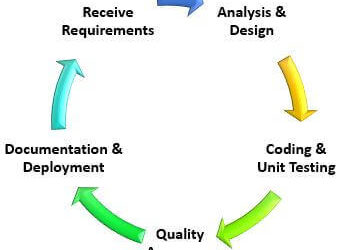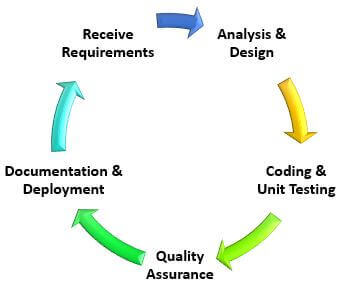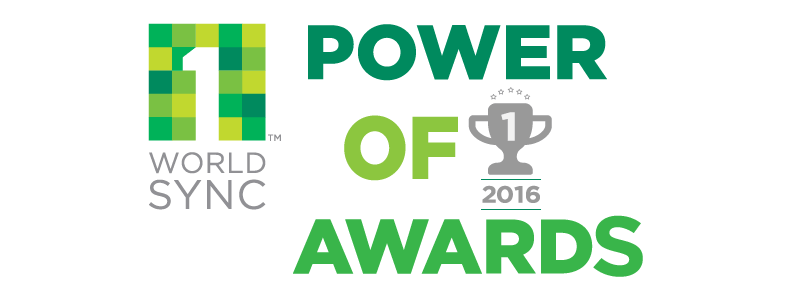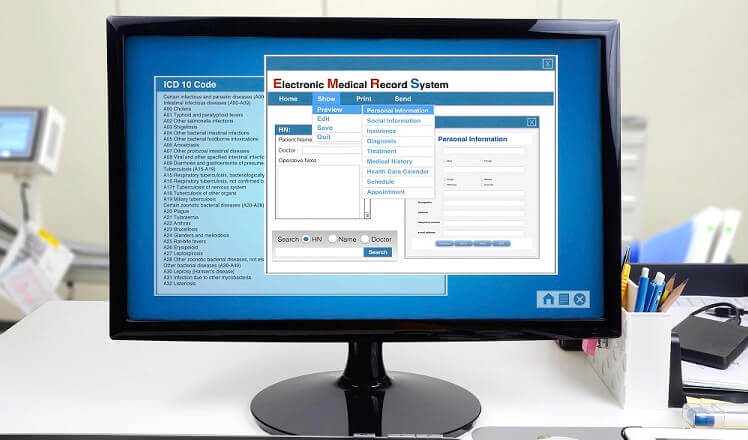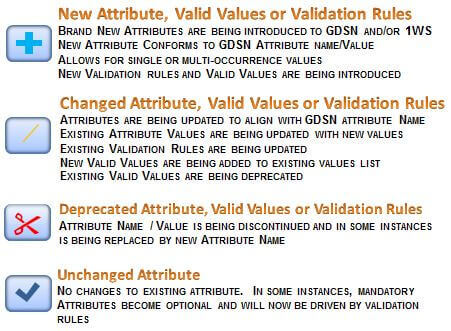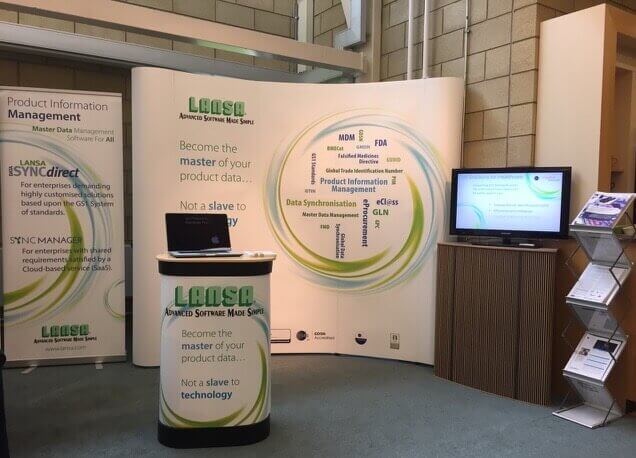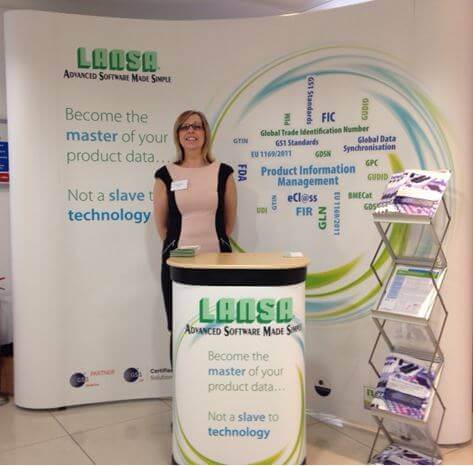The EU Food Information Regulation for Consumers (FIR / FIC) 1169/2011 law has been in place for over six months now. It affects all food manufacturers selling into the European Union, regardless of their origin.
For those who are not entirely ‘au fait’ with the Regulation, it covers the provision of product information and how it is presented to a consumer prior to purchase. Such information includes attributes like: nutritional values; ingredient origins; allergen declarations; expiry dates; storage instructions; etc. The Regulation is a means to standardizing food labeling and providing greater clarity to consumers about the products they purchase. If you enjoy reading legal documents then by all means take a crack at this. Your head will soon be spinning!
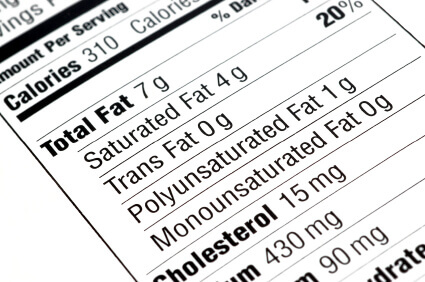
With such a broad range of food and beverage products available, there are hundreds of product attributes that now need to be managed across ALL consumer access points – in-store, online and mobile – in an integrated way. Failure to manage and control this product data in accordance with the regulation will cripple any businesses’ ability to operate a successful omni-channel strategy.
What’s more, bad data will impact trading relationships, and in the worst case, risk a severe consumer backlash. I’m sure many organizations believe they have achieved compliance – by simply having updated their product packaging – however, I think many will have underestimated the proliferation of their product data across all digital channels.

Food manufacturers and distributors must therefore take steps to get control of their product data, and ensure the product information that appears online and in mobile apps is identical to the physical product in-store. This is a monumental task. Adding to brand owners’ complexity today is the accessibility of the Internet and explosive social sharing of information. We all know that it’s easy to post information online but it’s even more difficult to permanently remove it.
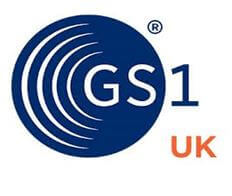
In this Webinar, LANSA will reveal the full extent of the product data management challenge that food manufacturers face today. Speakers Eugene King and Colin Griffiths, both from LANSA, will demonstrate how using GS1 standards can help organize and structure your data to become omni-channel compliant and allow you to build stronger relationships with your trading partners.
David Smith, Head of Digital at GS1 UK, will also present how GS1 standards create the foundation for successful omni-channel retailing. “To create a seamless consumer experience, retailers and brands must have visible, accurate and interconnected information about products at all times. This will make it possible to deliver the products consumers want, when and where they want them, increasing brand affinity and sales,” says David.
GS1 UK is working with the industry to increase the adoption of GS1 standards to improve efficiencies, meet consumer demands and regulations. The GS1 System is founded on a common set of global identification numbers for products, locations and logistics units. This enables organisations to see more clearly what’s going on in their supply chains and share accurate, real-time data with their trading partners and consumers.
Finally, through the presentation of a case study, attendees will gain valuable insight into the practicalities of managing FIR compliant product data across multiple channels in EU territories
I recommend that you sign-up now and seize the opportunity to learn from industry experts with practical experience of implementing standards-based, product information management (PIM) solutions for EU 1169 compliance in an omni-channel environment.




